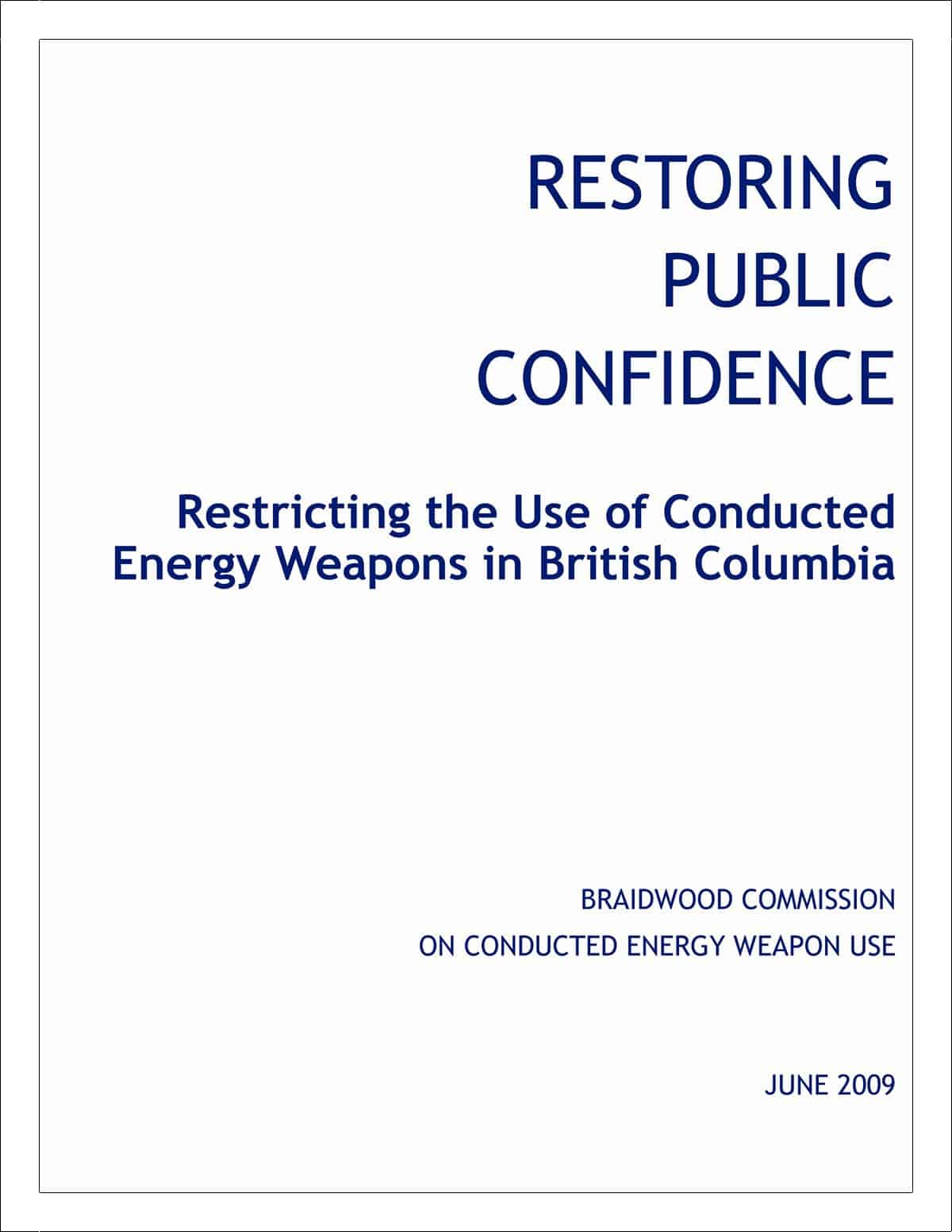Many of the employees in the health sector in Australia have recently been negotiating new employment conditions. It is rare for the workplace hazards of fatigue and impairment to be given such prominence in industrial relations negotiations.
A major cause of fatigue is the lack of adequate resources for relieving staff. This issue has been identified for doctors, ambulance officers and firefighters over the last 12 months.
Many important OHS issues are identified in a recent ABC Radio interview with Dr David Fraenkel, the Treasurer of Salaried Doctors Queensland (SDQ). Dr Fraenkel mentions the following issues, amongst others:
- Queensland Health‘s duty of care to the public
- Queensland Health’s duty of care to its employees
- “wrong site surgery” due to judgement impaired by fatigue
Dr Fraenkel also shows the institutional pressures on individual doctors to not discuss the implications of fatigue. He mentions that there is a code of conduct that impedes the discussion of issues by health care professionals.
He admits that should a young doctor leave their station to relieve their fatigue they would most likely be “called to account” for their action and their career may be jeopardised for what OHS professionals would admit is an individual taking responsibility for looking after their own safety and health.
Salaried Doctors Queensland has established a website in support of its campaign which includes some factsheets. The print media also picked up on the SDQ media statements.

